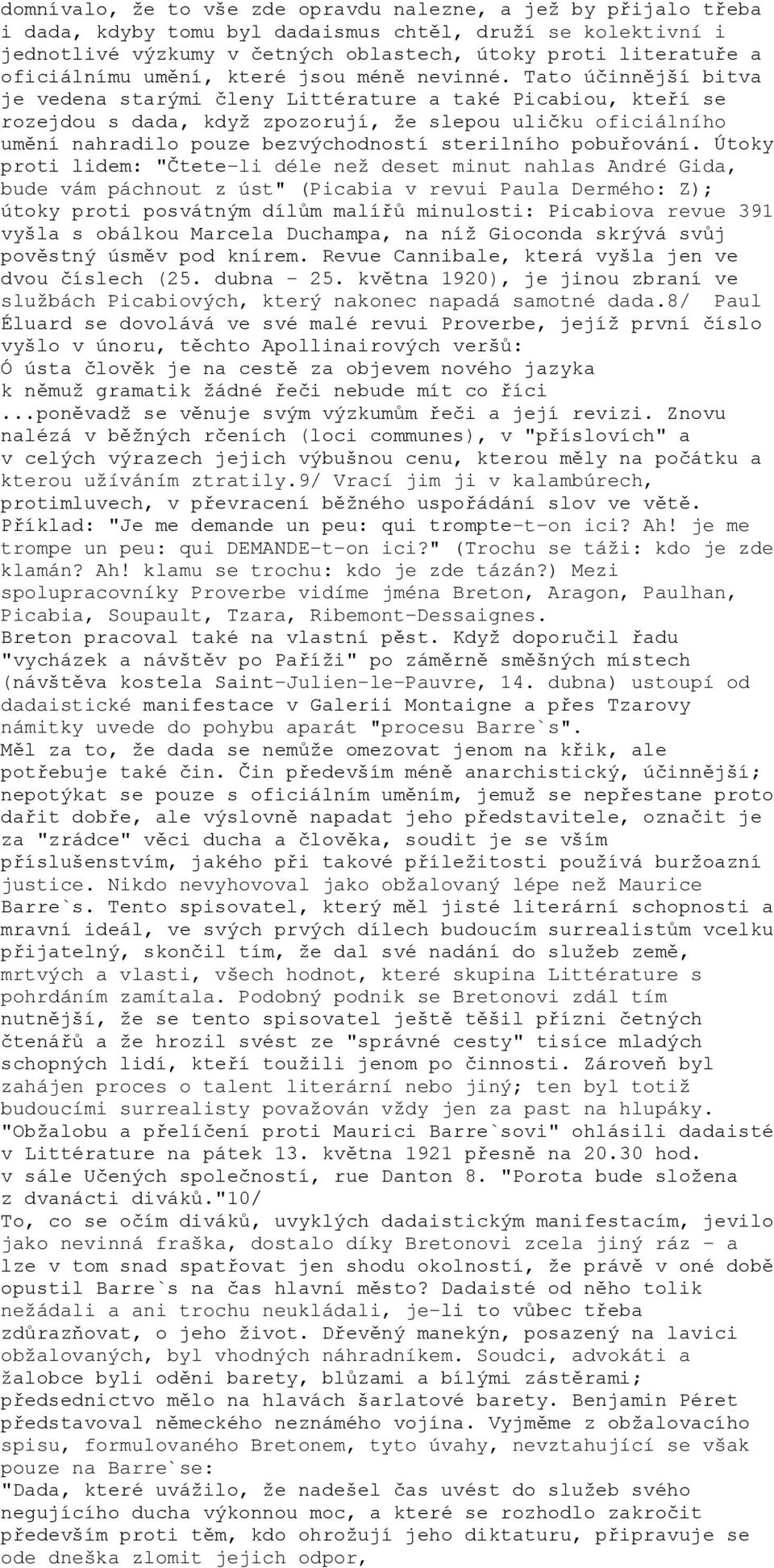The History Of Surrealism Maurice Nadeau Pdf

In lieu of an abstract, here is a brief excerpt of the content: 366 Books-Liiires developments in science and technology. He is curious about not only new materials and devices but also about the inventive processes employed in their development and the impact these materials and devices have on human existence. While Education for Innovation and Engineering: Its Role and Function in Human Society do bear on these two latter questions, the first book is directed primarily toward important changes required in engineering education in American universities and the second toward necessary change in liberal arts education with respect to technology. In 1966, a conference was held at Woods Hole, Mass. ‘toexamine the creative processes of invention and innovation, the opportunities for encouraging creative activities in the engineering schools, and the possibilities for developing and supporting creative engineering education’.
The fourteen chapters of Education for Innovation are based on the presentations at that conference. Game Maker Side Scroller more. Strata Design 3d Cx 6 Keygen. Some of the very crucial problems that challenge creative engineering are traffic safety, vehicle design.
Maurice-47837961.pdf Maurice Nadeau, The History of Surrealism - - This site uses cookies and Google Analytics (see our terms &. History of Surrealism by Maurice Nadue in written in time of events. Nadeau clearly explains the process in which Surrealism is born; from beginning to end. Nadeau has written numerous books, however, this is probably his most famous one. Technically, this novel is named, “Histoire du Surrealisme”, which is french for History of Surrealism.
Air and water pollution and city planning. Statistical Pattern Recognition Pdf. Clearly the engineer must be able both to comprehend the needs of society and to invent solutions.
Because engineering education and research have recently been so science oriented. Graduates are being ill-prepared to meet the challenge. In discussing present-day conditions in the engineering profession, one participant of the conference pointed to the many threats to creativity. For example, there are threats of a psychological nature such as a lone-wolf attitude (too much secrecy), a predisposition toward conformity, frustration owing to external constraints and the fear of failure, ridicule and disapproval. Then there are social and economic threats which include the need to obtain patent protection (often costly), the need to protect trade secrets and the hard evaluation of ideas in terms of profitability.